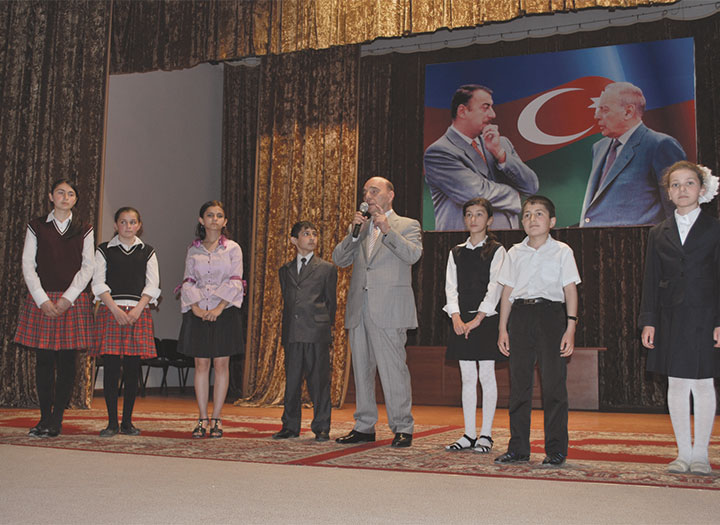 Similar schools for journalists were opened in Germany, England, Italy and other countries. The total number of daily newspapers was over 2200 in the USA by 1915, however, after 1915 the number started to decrease because of a number of reasons (to compare, in 1995 there were 1586 daily newspapers in the US). A developed tendency of merging in periodicals was one of the reasons. In 1916 Frank Manse merged a number of the oldest New York newspapers. In result of this, such famous in past editions as “The New York Sun”, “The New York Tribune” and “The New York Herald” were merged.
Similar schools for journalists were opened in Germany, England, Italy and other countries. The total number of daily newspapers was over 2200 in the USA by 1915, however, after 1915 the number started to decrease because of a number of reasons (to compare, in 1995 there were 1586 daily newspapers in the US). A developed tendency of merging in periodicals was one of the reasons. In 1916 Frank Manse merged a number of the oldest New York newspapers. In result of this, such famous in past editions as “The New York Sun”, “The New York Tribune” and “The New York Herald” were merged.
The US after war ideological expansion led to creation of global periodicals that are nowadays newspapers “The Financial Times” or “The International Herald Tribune”. The fate of “The International Herald Tribune” is interesting concerning this, as the newspaper was established on the base of the Paris edition of “The New York Herald” when the New York’s edition lost in a rival battle with “The New York Times`.
Nowadays the largest monopolies of the publishing world are the Gannet Company, Rupert Merdok’s financial group, New house’s newspaper trust, Herst’s edition trust and several other corporations, the majority of which are not restricted by the only activity of a newspaper or a magazine but they are using Radio stations, TV channels and systems of a cable TV in an active way.
Magazines had also to make a number of steps to get used to new conditions. In 1923 Henry Lewis and Briton Haden started publishing a weekly magazine “Time” which became the first “news magazine” in the history of American press. Later on, Lewis bought the magazines “Fortune”, “Life”, “Sports Illustrated” which confessed the same style of information presentation.
The magazine “Time” has reserved its leading position as a “news magazine” nowadays as well. The magazines “Newsweek” and “U.S. News and World Report” have closely approached “Time” and they are at the same time the leading three of similar publications.
They are international editions and this has reflected the globalization tendency in periodicals. On the whole, magazines have managed to keep their place in the structure of mass media. In mid 1990s more than 11000 magazines were published in the US.
The development of mass media in 1980s was enriched with such a phenomena as a cable TV, a satellite broadcast, new types of audio and visual production (video tapes, CD of different types), PC, computer information nets (the Internet, for example), systems of a video text.
Besides the 5 basic TV nets (LBC, CBS, NBC, Fox and PBS) there are about 500 cable TV channels in the USA. These channels are different being oriented on a certain watchers audience.
Apply of new communication technologies may help conquer already settled e-media market. Thus, the cable TV net – the CNN (with the centre in Atlanta, Georgia) was founded by Ted Turner in 1980. The new TV channel made an accent on 24 hour news. The CNN news programs differ with unusual efficiency, the Company’s correspondents are working at the hottest places, and they practically immediately transfer information for a regular news program on the CNN. Numerous times this cable net informed fastest on different news and gave detailed reports on largest events: a direct broadcast of hearings at the American Senate, reports on attempts at the president Regan and the Rome Pope, about the marriage of the British throne heir and the murder of the President of Egypt. The CNN was the only channel which informed about the launch of “Challenger” shuttle which exploded several seconds after the start. Having merged Ted Turner’s Corporation with the TV and Movie Corporation Time Warner in October, 1996, the CNN gained the new Corporation financial opportunities which would ensure the Company’s reach to new boundaries in an information business.
An active expansion of the American e-mass media causes a number of problems concerning the American dictate of standards in mass culture and loss of national specifics (though the issue is not simple). The American music satellite channel, the MTV (very popular in Europe) may serve an example of a music expansion; the channel has recently bought the European channel “Super Channel”. American Companies possess 10 European satellite channels at present.
www.journ.ru

















